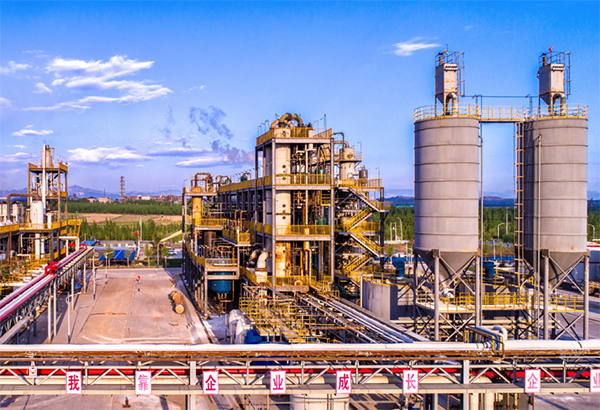ECH (epichlorohydrin) is a colorless and odorless liquid organic compound that is used in a variety of applications such as epoxy resins, pharmaceuticals, agrochemicals, and water treatment chemicals. One of the most common methods of producing ECH is through the glycerol process, which involves the reaction of glycerol with hydrochloric acid and chlorine gas. In this article, we will discuss the ECH production process by the glycerol method in detail.

Steps
Step 1: Preparation of Raw Materials
The first step in the ECH production process is the preparation of raw materials. Glycerol, hydrochloric acid, and chlorine gas are the three main raw materials used in this process. Glycerol is obtained from vegetable oil or animal fat through the process of saponification. Hydrochloric acid is usually produced by the reaction of salt with sulfuric acid, while chlorine gas is obtained through the electrolysis of salt water.
Step 2: Chlorination
The next step is chlorination, which involves the reaction of chlorine gas with glycerol in the presence of a catalyst such as iron (III) chloride. The reaction is exothermic, and the temperature is maintained between 60°C and 70°C. During this step, two important byproducts are formed, namely, allyl chloride and dichlorohydrin. The reaction is represented as follows:
C3H5(OH)3 + 3Cl2 → C3H5Cl + 3HCl + 3O2
C3H5(OH)3 + 2Cl2 → C3H5ClO + 2HCl
Step 3: Dehydrochlorination
The third step is dehydrochlorination, which involves the removal of hydrogen chloride from allyl chloride to form epichlorohydrin. The reaction is usually carried out in the presence of a strong base such as sodium hydroxide or potassium hydroxide. The reaction is exothermic, and the temperature is maintained between 70°C and 80°C. The reaction is represented as follows:
C3H5Cl + NaOH → C3H5OCl + NaCl + H2O
Step 4: Purification
The final step is purification, which involves the separation and purification of ECH from the reaction mixture. The crude ECH is first washed with water to remove impurities such as salt and other byproducts. It is then distilled under vacuum to remove residual water and other volatile impurities. The final product is then purified using various techniques such as molecular distillation, solvent extraction, and adsorption. The purified ECH is then packaged and sent for further processing or distribution.
Conclusion
In conclusion, the glycerol process is one of the most common methods of producing ECH. It involves the reaction of glycerol with hydrochloric acid and chlorine gas, followed by dehydrochlorination and purification. The process is relatively simple and cost-effective, and the final product is of high purity and quality. However, the process also produces significant amounts of byproducts such as allyl chloride and dichlorohydrin, which need to be carefully handled and disposed of to minimize their environmental impact.
Sanli Fengxiang is a young technology company specialized in providing EPC contracting service and the import & export of chemical plants, if you want to know more information about ECH production process by the glycerol method, please contact us. We will provide professional answers.
















